How Much Energy Does a Solar Panel Produce?
Solar panel production is influenced by a couple of factors, such as how big the panel is, where you live in and how much sunlight it gets. A modern 400-watt solar panel can produce about 1.6 to 2 kilowatt-hours of electricity every day in average sunlight. It is enough for a fridge to last most of the day, or also, regarding power, more than one smaller device concurrently.
Key Factors That Affect Solar Panel Output
Panel Watt Rating
All solar panels have a watt rating (eg, 100W, 200W, or 400W), which is the maximum power they can produce under lab conditions (called Standard Test Conditions, STC). In reality, you'll get a bit less from it because sunlight and temperatures are not the same as in the lab.
Peak Sun Hours
Peak sun hours (PSH) are defined as the duration of the day that solar energy is strong enough to be equated to full midday sun. An area with 5 PSH on average would be getting 5 hours of perfect sunlight leverage for the panel each day. Among other factors, this will greatly influence power output.
Temperature
The output of solar panels improves when they’re cool. On scorchingly hot days, the output of a solar panel can decline by 0.3-0.5% for every degree over 25 °C. This suggests that bright, cool summers are better than hot summers.
Tilt and Direction
Tilt, and where a panel face is critical with rooftop systems. Panels that are facing the sun will generate more electricity than flat or incorrectly tilted panels. In the northern hemisphere, the optimal facing side is south.
Shade and Obstructions
The output can be significantly reduced with a small shadow from anything like a tree, a vent pipe, or a small building. This is especially important for portable solar panels, so they should be kept fully exposed without any shade.
System losses
Real systems sustain losses of some power in the wiring, inverter, and the system interconnections. Also, panel soiling with dust, dirt, or moisture can lessen performance. Most estimates use an efficiency factor of around 75-85% to account for these losses.
How to Calculate a Solar Panel’s Daily and Monthly Energy Output
The formula is
Daily Energy (Wh) = Peak Sun Hours × Real-World Efficiency Factor × Panel Watts
The real-world factor is usually around 0.8 (80%).
Example Calculations
1. 400W panel, 5 PSH:
400 × 5 × 0.8 = 1,600 Wh/day (1.6 kWh/day). 48 kWh in a month.
2. 200W panel, 5 PSH:
200 × 5 × 0.8 = 800 Wh/day (0.8 kWh/day). 24 kWh in a month.
3. 400W panel, 6 PSH:
400 × 6 × 0.8 = 1,920 Wh/day (1.92 kWh/day). 57.6 kWh in a month.
Why use Peak Sun Hours instead of total daylight hours? Because the strength of sunlight varies during the day. PSH condenses the variable daylight hours into a single number, which simplifies calculations and aligns with lab testing conditions for the solar panels.

How to Choose the Right Solar Panels for My Home
If you are considering portable solar systems, matching high-quality panels with an efficient portable power station is essential. AFERIY has solar panels and power stations that can be used for home backup systems, RVs, camping, or off-grid cabins, and even for portable solar systems.
Step 1: Decide on your main goal
-
For home backup, select a power station with high-watt solar panels.
-
For travel or camping, lighter panels with a mid-size power station are preferable.
-
For charging small electronics, a portable solar panel with a compact power station works well.
Step 2: Select your panel size
AFERIY offers portable panels that come in 400W, 200W, and 30W sizes. Each panel features high-efficiency monocrystalline cells and ETFE-coated surfaces for durability, and all have portable and foldable designs with kickstands. Many panels have multiple charging ports (USB-A, USB-C, DC).
AFERIY Panel Highlights
-
AFERIY 400W solar panels (AF-S400A1) are foldable and weather-resistant with 23% efficiency. Designed for charging large power stations, these are the best option for fast charging.
-
AFERIY 200W solar panels (AF-S200A1) are IP65 rated with 23% efficiency. They are weather-resistant and provide a very good balance between power and portability.
-
AFERIY 30W solar panels (AF-SL30) are the most compact option, allowing for light loads and easy transport.
Step 3: Pair with the right AFERIY power station
The AFERIY P310 Portable Power Station features an expandable 3,840Wh LiFePO₄ battery with 3,600W of pure sine wave output. With smart app control and a fast 1-hour 80% charge (AC+solar), it offers 2,000W solar input and a reliable BMS. It is the best option for reliable home and off-grid power.
AFERIY P210 Portable solar panels Power Station delivers 2,400W pure sine wave power with a 2,048Wh LiFePO₄ battery (4,000+ cycles). It offers 4 recharge methods, 500W solar input, 14 outputs, 2-hour AC charging with UPS backup, and Bluetooth app control. It provides home, travel, and emergency power all in one.
Aferiy P110-D Portable Power Station offers 1,200W pure sine wave output and comes with a 960Wh LiFePO₃ battery, which can last 3500 cycles and up to ten years. Supports fourteen devices and comes with 7 years of warranty. Even comes with UPS mode, BMS protection, 1.5 hours to full recharge, and more.
Make sure your solar panel system does not exceed your power station's charging voltage and current parameters. This is essential for safety and functionality during charging.

Tips to Maximize Your Solar Panel’s Energy Output
Position your solar panel correctly and angle it using the built-in sun-facing kickstand. If possible, adjust during the day.
Preventing any form of shadow, even the smallest shaded area, will drastically increase the loss of power.
Avoid overheating, ensure airflow underneath, and do not place them on hot surfaces.
Cleaning them using soft cloths with water will assist in removing dirt and debris.
Configure your panel and devices. Control your voltage by using series connections or better current in parallel connections, but always stay within limits.
Check your output with AFERIY’s app and adjust placement for better output.
Conclusion
The effectiveness of a solar panel is determined by its size, the sunlight it captures, and its operational efficiency. A well-maintained, contemporary solar panel with a 400W capacity typically performs well and can recharge a few vital appliances daily. Using Aferiy power stations with Aferiy solar panels guarantees uninterrupted power availability for your household backup, outdoor trips, or during emergencies. Aferiy devices provide safety, ease, and reliability, and with the right configuration, you can take advantage of solar energy with no associated costs.
Related reading:



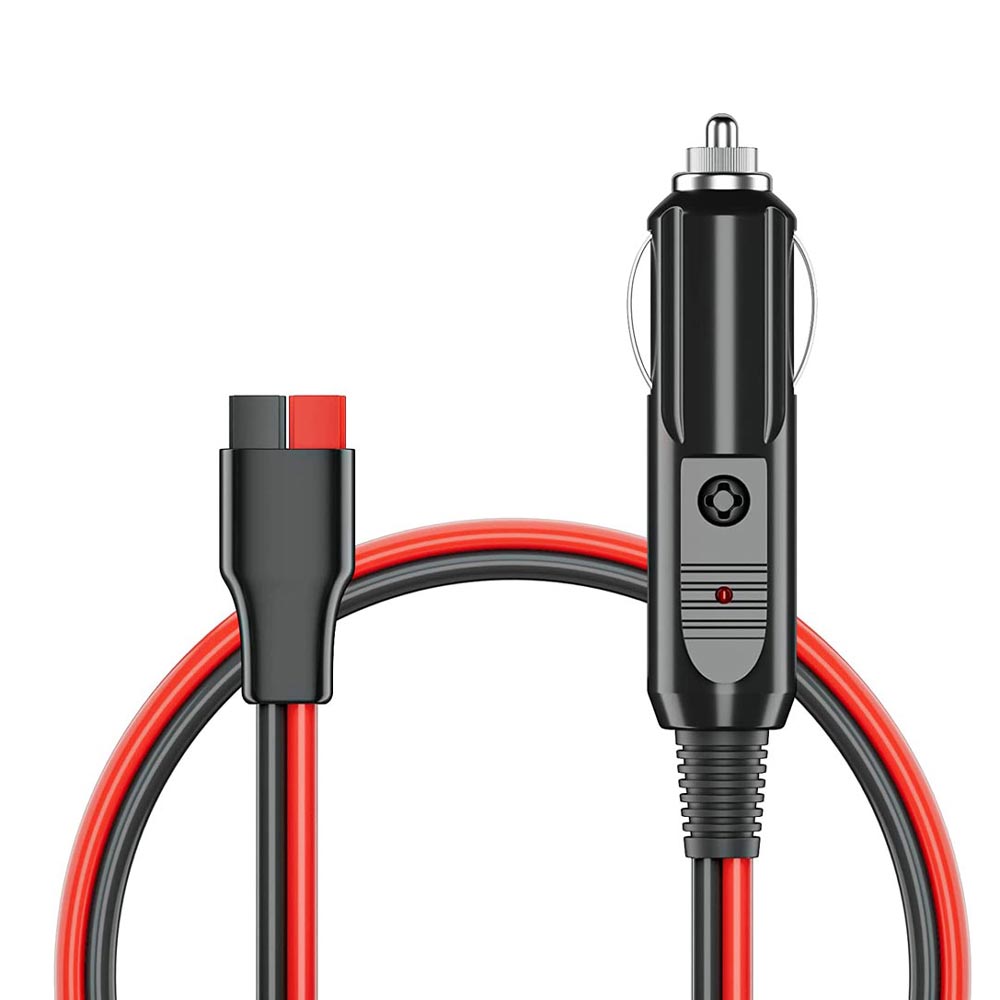
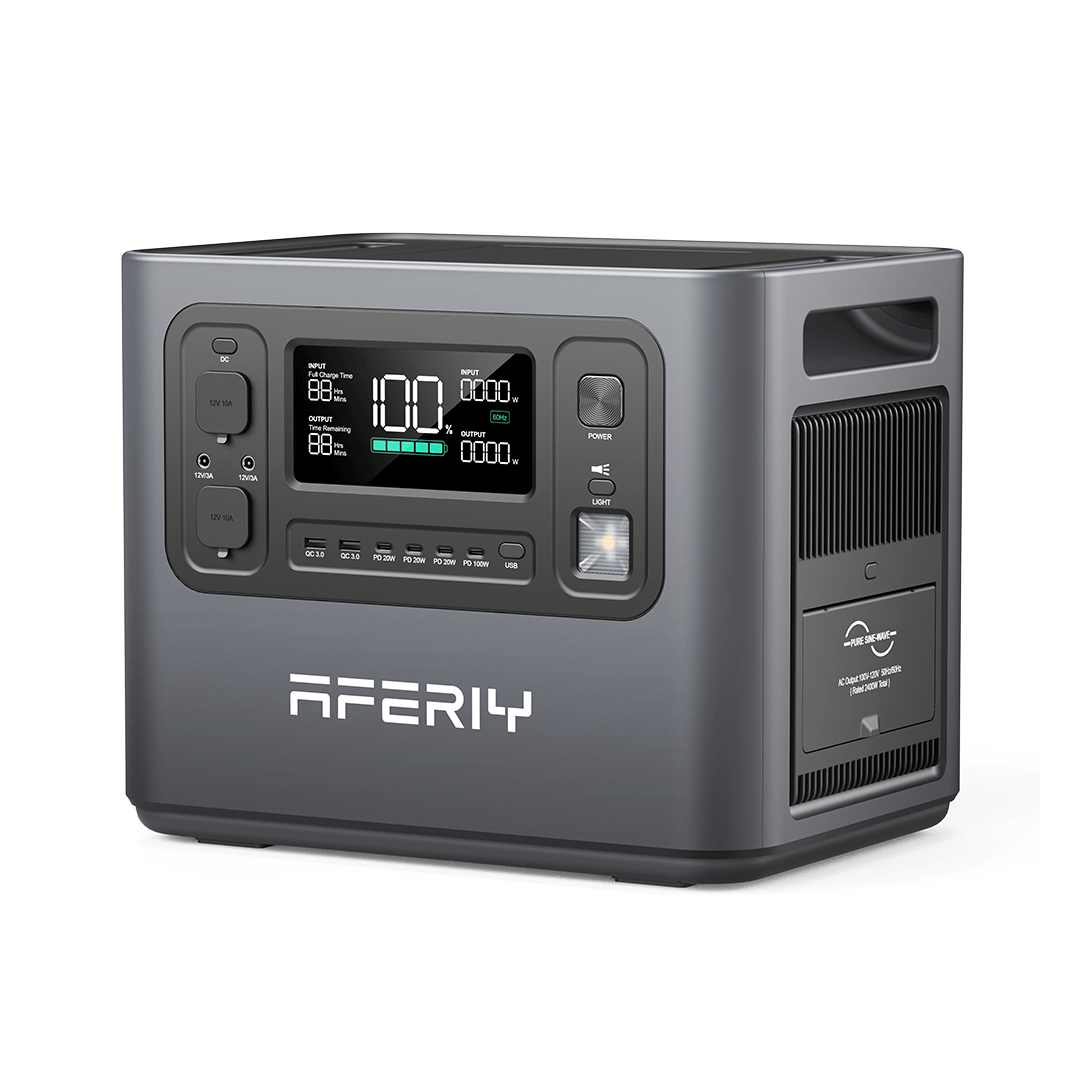

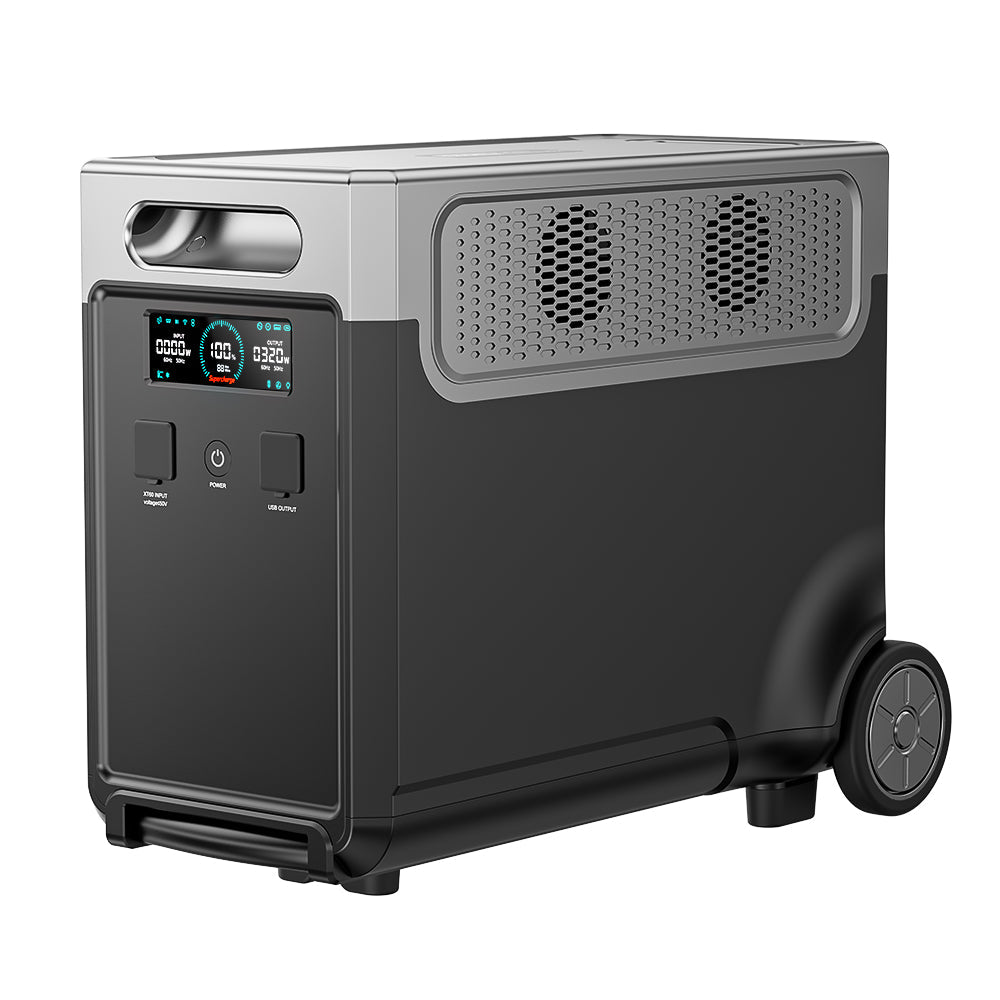
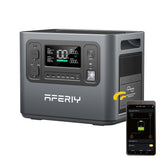



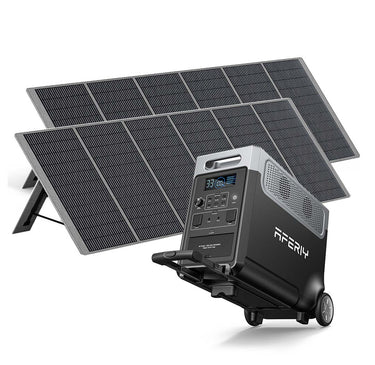
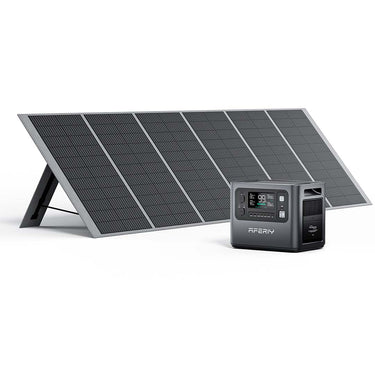


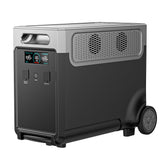



Leave a comment
Please note, comments need to be approved before they are published.